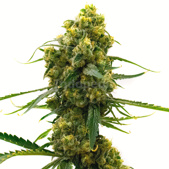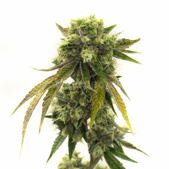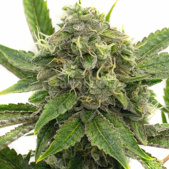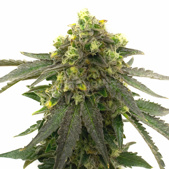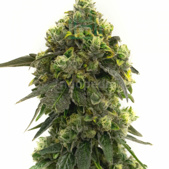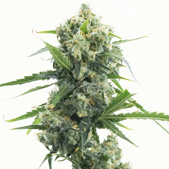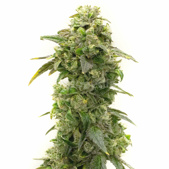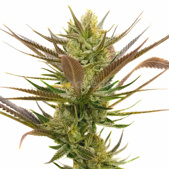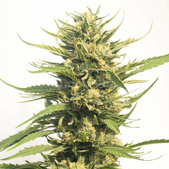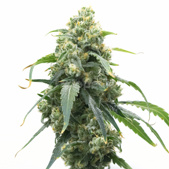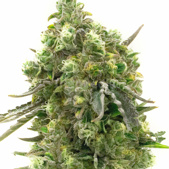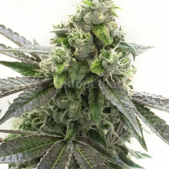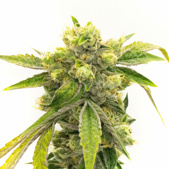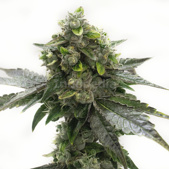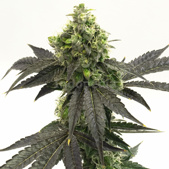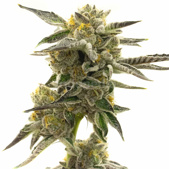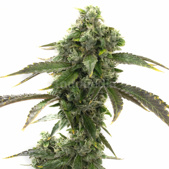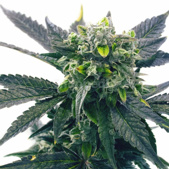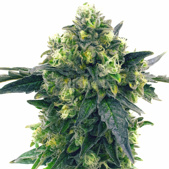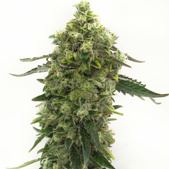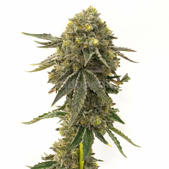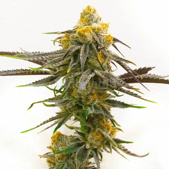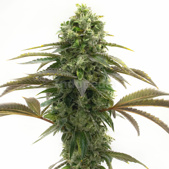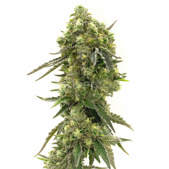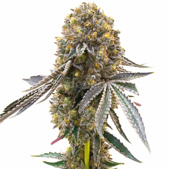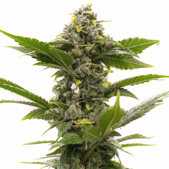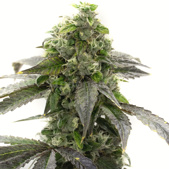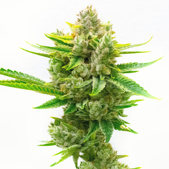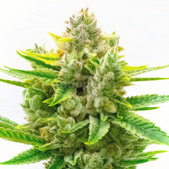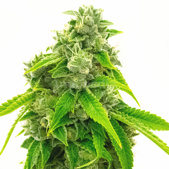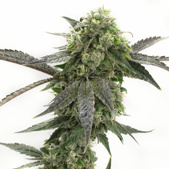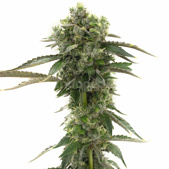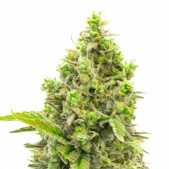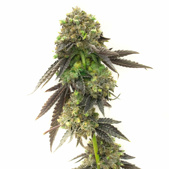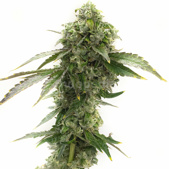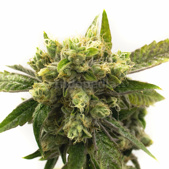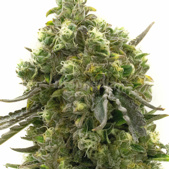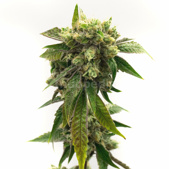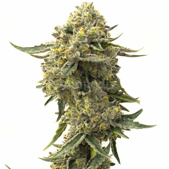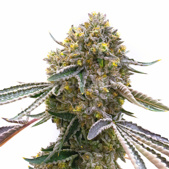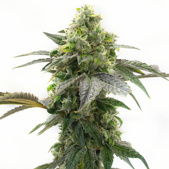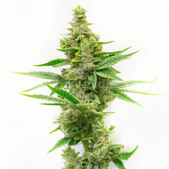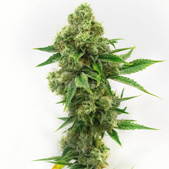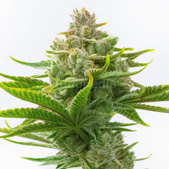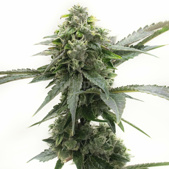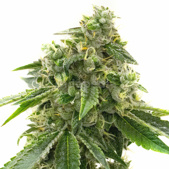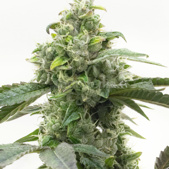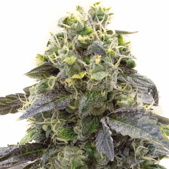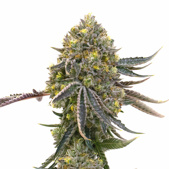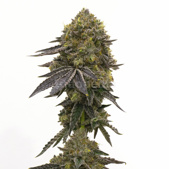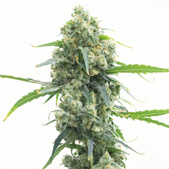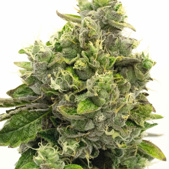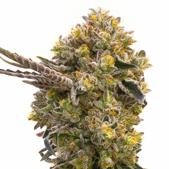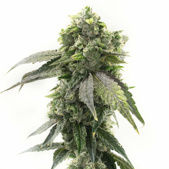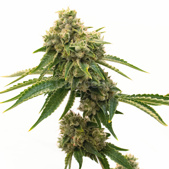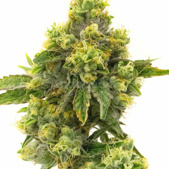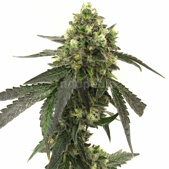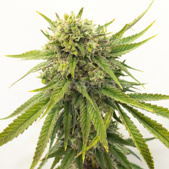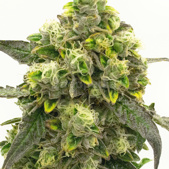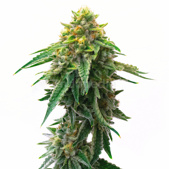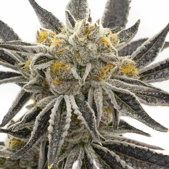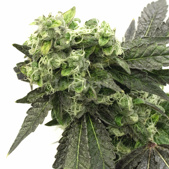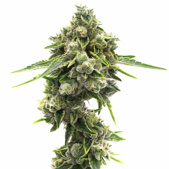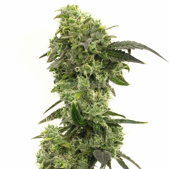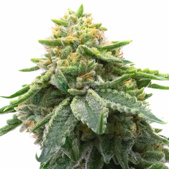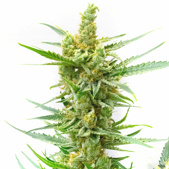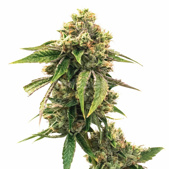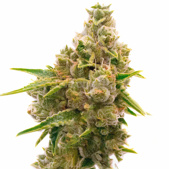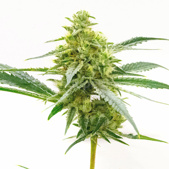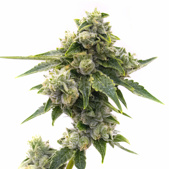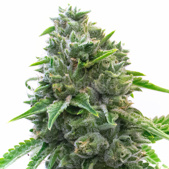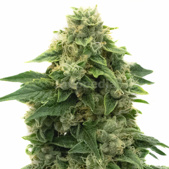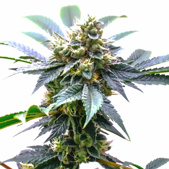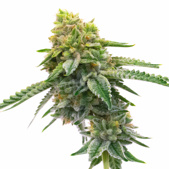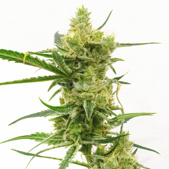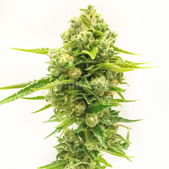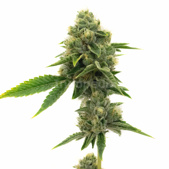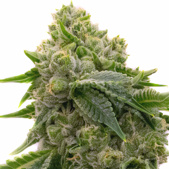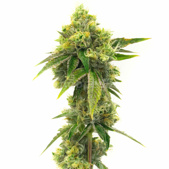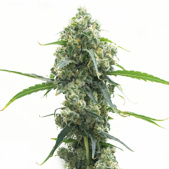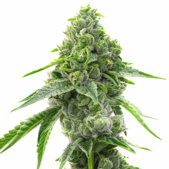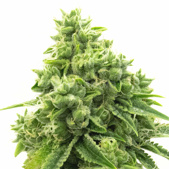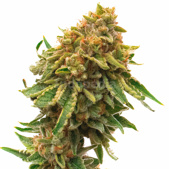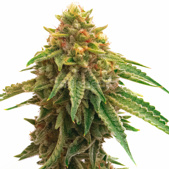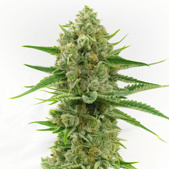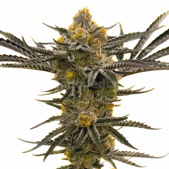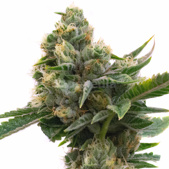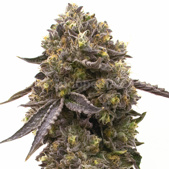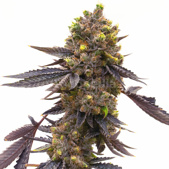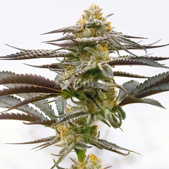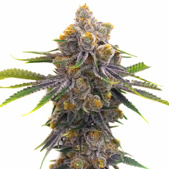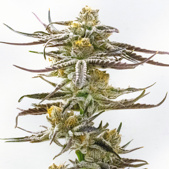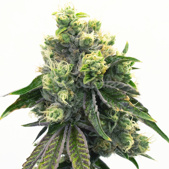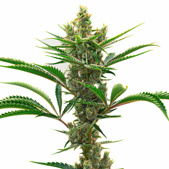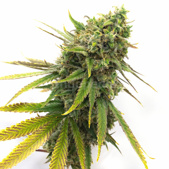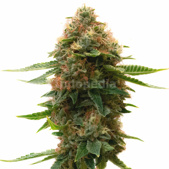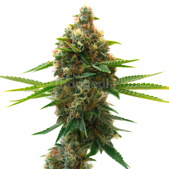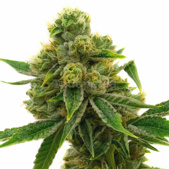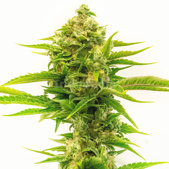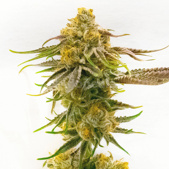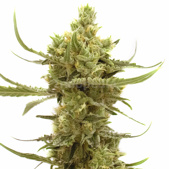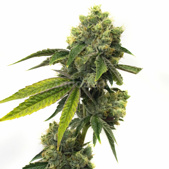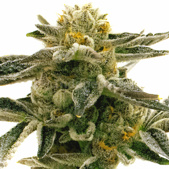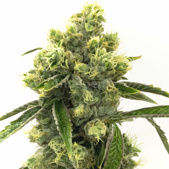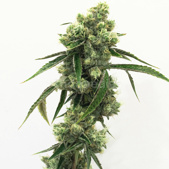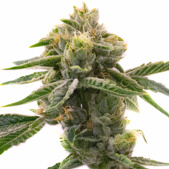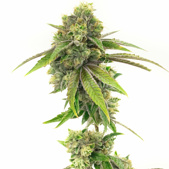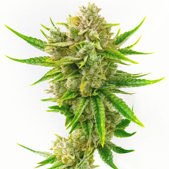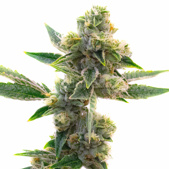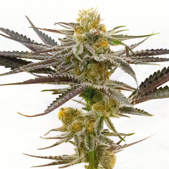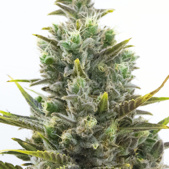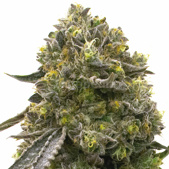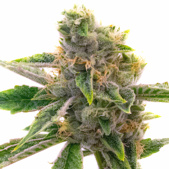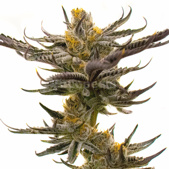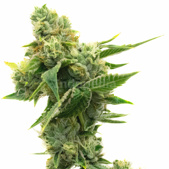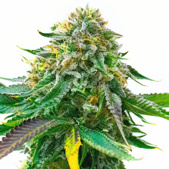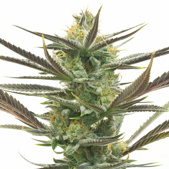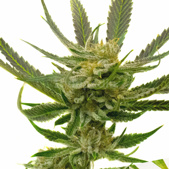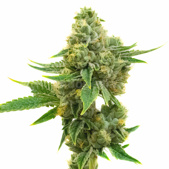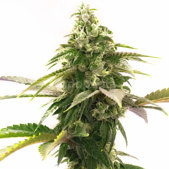Indica Cannabis Seeds For Sale
Indopedia's premium Indica cannabis seeds are in stock, offering a gateway to robust relaxation and a rich botanical experience. As an esteemed American cannabis seed bank, we offer carefully curated and thoroughly tested Indica seeds, each carrying the potential of full-bodied, calming cannabis strains.
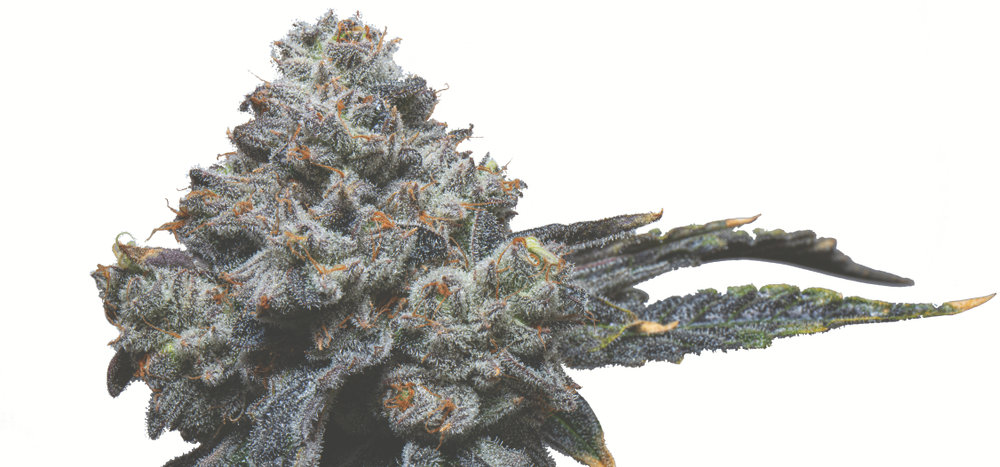
List of Products
Indica Seeds - A Testament to Botanical Complexity
Cannabis Indica, a fascinating species under the genus Cannabis, belongs to the Cannabaceae family. Despite its close genetic relationship with Cannabis Sativa, Indica displays noticeably different traits when cultivated from seedling or clone, making it a unique species to explore. The exact origin and separation between Indica and Sativa are subjects of ongoing scientific scrutiny, adding an element of intrigue to your cultivation journey.
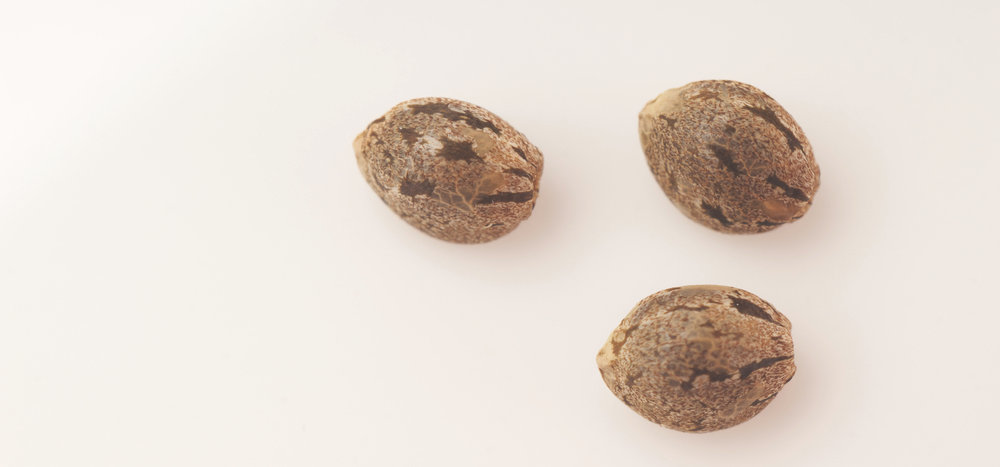
The Rich History of Cannabis Indica
Cannabis Indica's history dates back to 1785, when the French naturalist Jean-Baptiste Lamarck first observed this new species during his expedition in India. The plant’s distinctive short, dense growth structure and deep green broad leaves set it apart from the then-recognized Cannabis Sativa. The term "Indica" was coined by Lamarck to reflect the plant's Indian origin, forever linking it to the fascinating realms of Indology and South Asian history, particularly the regions of India, Nepal, Pakistan, and Afghanistan.
Traditional Uses and Cultural Significance
Historically, Cannabis Indica has been integral to traditional practices in South Asia. It's used to produce "charas," a type of hashish popular in the Himalayas, and "bhang," a drink made from the buds and leaves of wild cannabis Indica plants. These traditional uses speak volumes about Indica's cultural significance and its enduring importance in the region.
Indica's Unique Growth Characteristics
Indica plants are renowned for their stout, thick, and full-bodied appearance, contrasting with the taller and lankier Sativa species. The leaves often display a deep green, sometimes bordering on bluish tones, and the stems, stalks, and petioles are notably enlarged. Indica plants also produce extremely resinous and dense buds, a characteristic that led to the cultural term "dank" to describe the super resinous qualities of these buds.
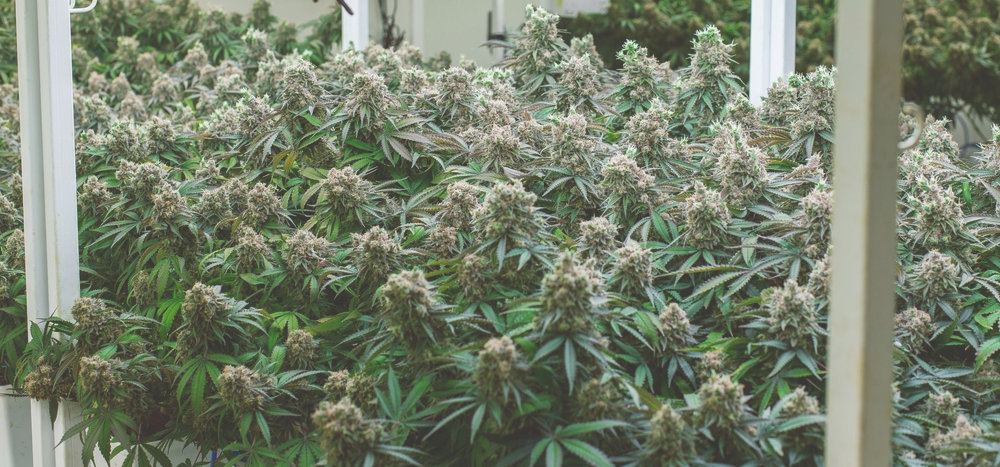
During early growth cycles, Indica may develop into a bush-type structured plant that responds well to various cropping techniques such as Sea of Green (SoG) or Screen of Green (SCROG). As the female Indica plant prepares to enter its flowering cycle, the buds develop tightly, boasting numerous bud sites. This trait, along with closely-spaced internodes, makes Indica a popular choice for indoor growers with limited space.
The Cannabis Indica Experience
Indica strains typically offer a narcotic, relaxing high. The effects are often described as "stoney," "couch lock," "baked," and associated with "cotton-mouth," making them ideal for those seeking tranquility and deep relaxation.
Indica Cannabis Seeds for Sale - A Promise of Quality
Indopedia proudly offers top-quality Indica cannabis seeds for sale, sourced from reliable American breeders. Each seed embodies the rich history, unique growth traits, and profound relaxing effects of Indica. With our US-based shipping, we ensure these premium seeds reach you no matter where you are in the United States.
A Diverse Array of Indica Cannabis Seeds
Our catalogue of weed seeds encompasses a wide selection of Indica strains, from well-loved classics to unique Indica-dominant hybrids. Whether you're an experienced cultivator or just starting your journey, we have Indica cannabis seeds to suit every preference and cultivation environment.
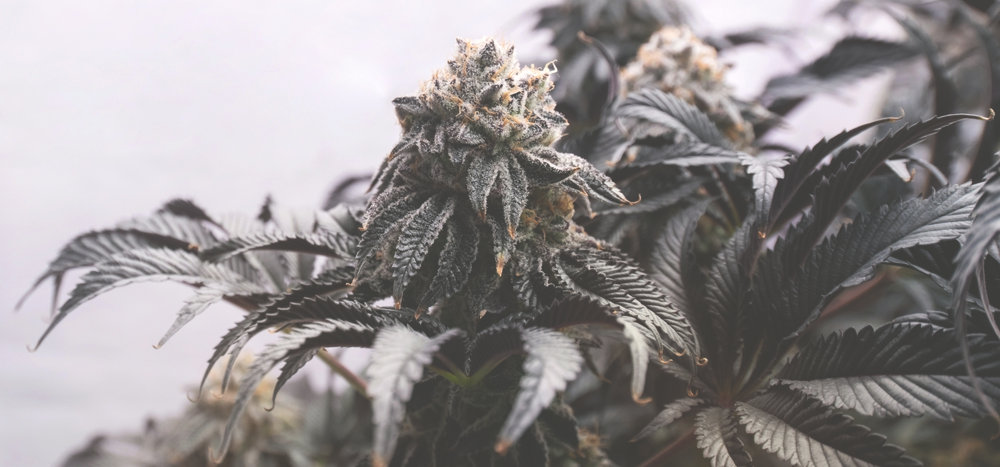
Quality Indica Seeds from Renowned American Breeders
At Indopedia, we source our Indica seeds from the most reputable American breeders, ensuring premium genetics and unparalleled quality. Each seed represents the meticulous work and dedication of these breeders, guaranteeing healthy, vigorous plants, and high germination rates.
Affordable Indica Seeds for Sale
Every grower deserves access to high-quality cannabis seeds. That's why we offer cheap weed seeds that maintain the highest quality standards. Our Indica seeds for sale represent great value, providing exceptional genetics at an affordable price.
Buy Indica Cannabis Seeds with US-Based Shipping
Convenience is key when you buy cannabis seeds from us. With US-based shipping, we make sure our top-tier Indica cannabis seeds are delivered to you quickly and securely, wherever your growing journey takes you across the United States.
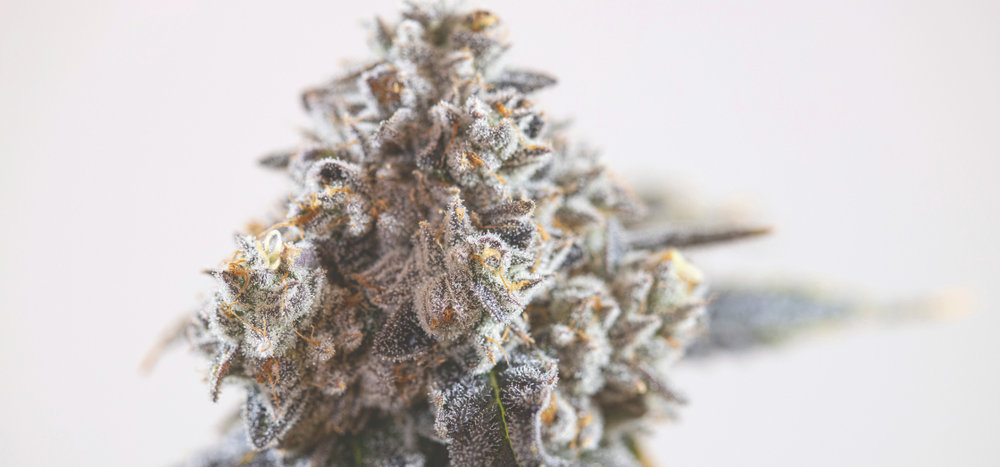
Indological Insights into Cannabis Indica
As part of our commitment to cultivation and education, we provide detailed Indological resources to help you deepen your understanding of Cannabis Indica. From its historical origins to best cultivation practices, our Indology-centric website serves as a valuable knowledge base.
Buy Indica Cannabis Seeds - Invest in Quality and Heritage
Choosing Indopedia means not only investing in quality seeds but also embarking on an enriching journey into the heart of Cannabis Indica. Explore our range of Indica seeds today and begin your cultivation adventure.
